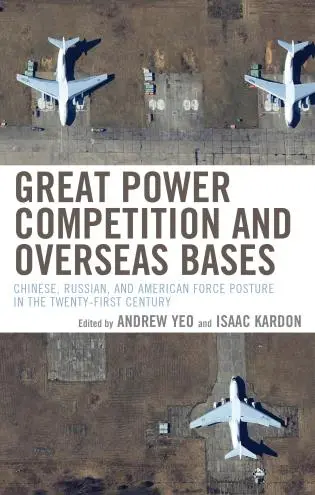It is impossible to make sense out of the tragic killing of 16 Afghans by a presumably deranged American soldier on March 11. Our hearts go out to Afghan friends; our national sorrow and condolences and apologies are profound and heartfelt.
I cannot rationalize this tragedy. On such a sad occasion, I can only reiterate what Afghan, American, and other NATO and International Security and Assistance (ISAF) troops do together on a daily basis in Afghanistan, to provide some broader context and perspective:
- Since General Stanley McChrystal’s concept of intensive partnering was inaugurated in 2009, most deployed Afghan forces have frequent interactions with NATO units in the field. They train, patrol, fight, and sometimes even live and eat together.
- There are literally hundreds of thousands of successful individual interactions daily between Afghan and ISAF troops. Not all are equally close and amicable and respectful, but from my experience and observations the vast majority are favorable.
- Afghan forces are doing a respectable job securing Kabul as well as the north and west of the country largely on their own.
- They are also providing at least 50 to 60 percent of combined forces in operations in the south and east now. In these areas, intensive collaboration with foreign troops is the norm.
None of this means, however, that Afghans are quite ready for us to leave or quite ready to try to secure their country on their own. In the end, our strategy for getting out of Afghanistan must remain as it was before, unless we have lost heart and hope, because it is already somewhat rushed compared to earlier plans in expediting our forces’ departure. Despite this week’s tragedy, I would wager that more Afghans fear our departure than fear our presence – and most know they need our help a bit longer.
These are poor words to make sense of such a tough situation at such a sad time. But we do have to remember why we are in Afghanistan, and where we stand in terms of the campaign plan and exit strategy. We need roughly two and a half more years of patience – even as our force numbers decline considerably over that period of time.

Commentary
Op-edIn Time of Tragedy, Don’t Forget Strengths of U.S.-Afghan Partnership
March 13, 2012